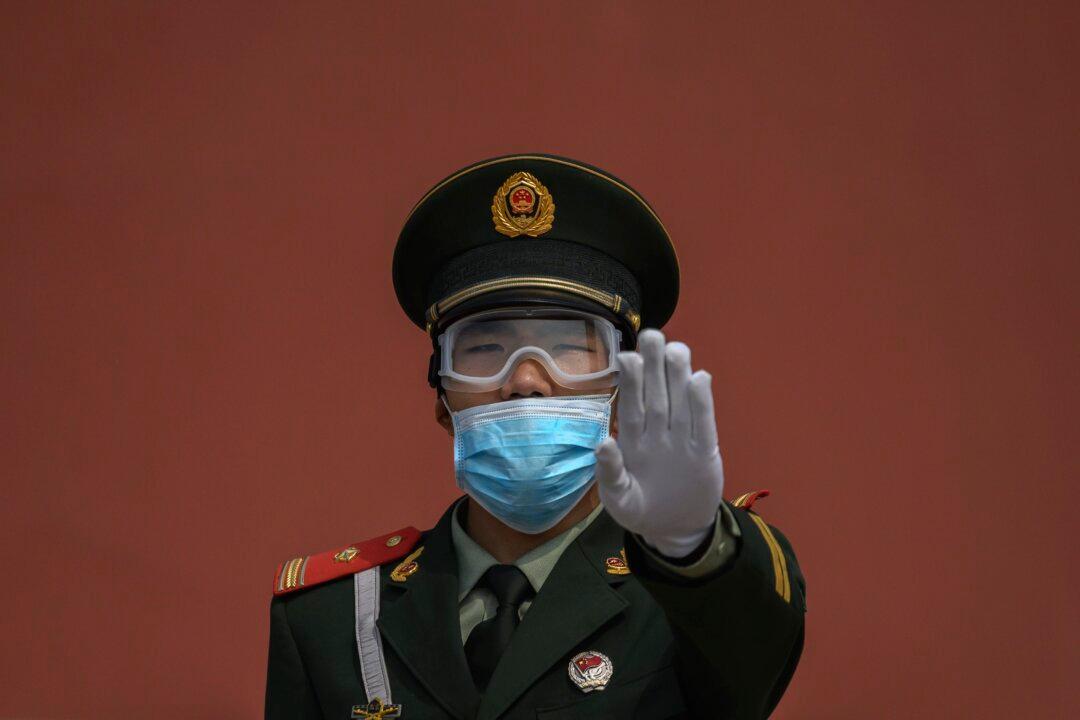The Chinese regime announced a new cluster outbreak of the CCP virus in Wuhan on May 11, the first official indication of a severe outbreak in the epicenter since authorities ended lockdown measures in early April.
Locals reported that the current outbreak in Wuhan is more severe than how authorities have portrayed it.





